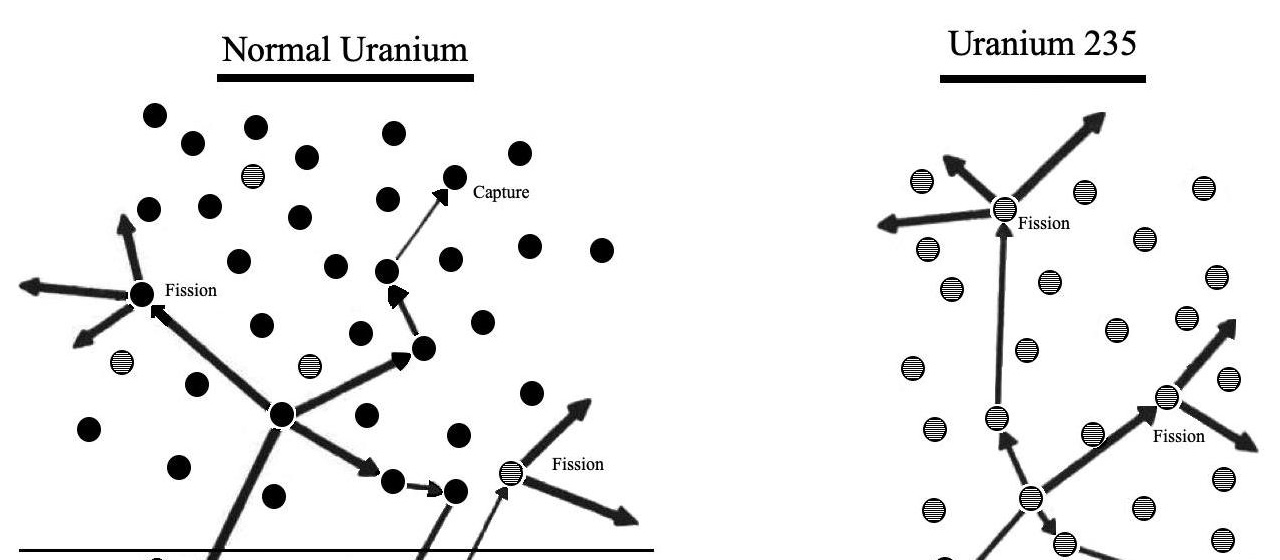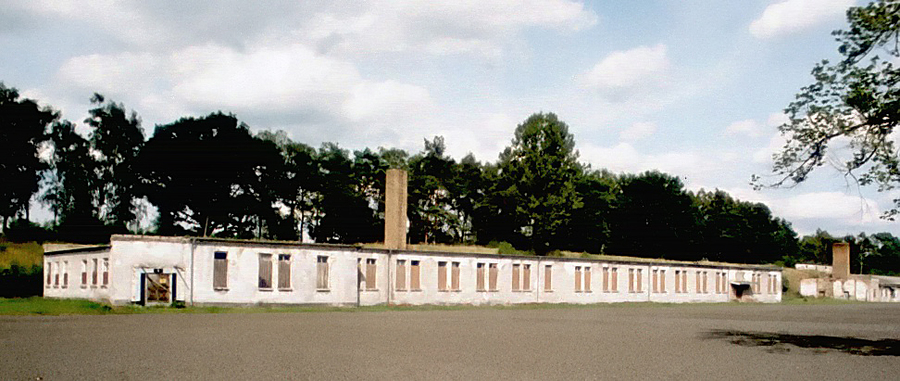Forced Labour and a focus on Siemens in Ravensbrück
Forced Labour in Germany
This exhibition presents the context and background of forced labour during the reign of the National Socialists.
Forced labour was used throughout the country and the occupied territories. Various goals were pursued: The best known is 'Vernichtung durch Arbeit' (destruction through work). This describes the deliberate killing of forced labourers through work. But the German economy was also dependent on the source of labour from the point when many men had to go to war. Not least, the companies profited because they had to pay much lower wages.
Above all, forced labour represented a simple form of exploitation and destruction of prisoners. From the second half of the war onwards, it was not only, but increasingly often, the 'usefulness' of the prisoners that decided whether exploitation or extermination was in the foreground.
In the first part of this exhibition, therefore, the contexts and backgrounds of forced labour under National Socialism will be presented. In the second part, Siemens will be used as an example to show how the process - from the first 'assignment' of 'Jews' to production in a concentration camp - took place.
Part 1: Context and Overview of forced Labour unter National Socialism
Part 2: Case study Siemens.

